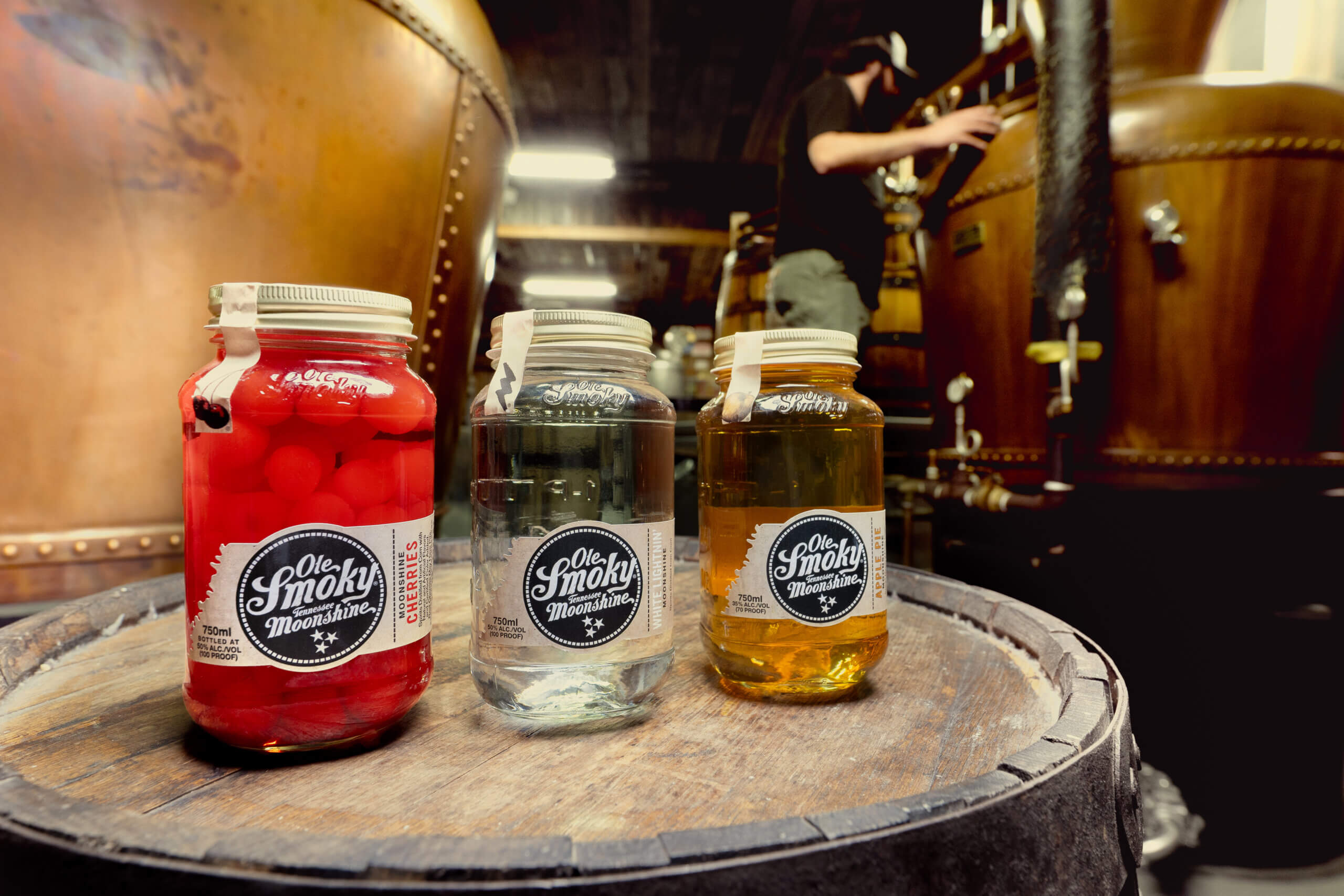Everything You Need to Know About Vermouth
By Chilled Magazine
Until recently, sipping vermouth at a bar seemed unlikely, but in the last few years, with the craze-filled wake of all things low ABV and aperitif, the aromatized wine is beginning to gain momentum as a stand-alone drink.
Diana Novak, the National Director of Spirits Education for Palm Bay International, sat down with Chilled to talk to us about vermouth’s resurgence and newfound popularity. Palm Bay has a wide variety of spirit brands in its portfolio, including Cinzano, a brand creating vermouth from the same recipe since 1757. Here, Novak explains to us vermouth so we can better understand more about this fantastic fortified wine that is now being sipped by bartenders and anyone who has a penchant for drinks.
Some people think that vermouth is just a mixer and not at all for sipping. Could you explain to us what vermouth is? How is it made?
Vermouth is an aromatized and fortified wine. Essentially, you start with either a red or white wine and infuse it typically with spices, herbs, and fruits, to create the flavor profile you are looking for and then fortify with a neutral or grape-based distillate. In some cases, some sweetness will be added to the vermouth base for balance in the flavor, and to create the known expression of sweet vermouth.
Vermouths vary significantly in flavor. Could you talk about some of the different vermouths produced by Palm Bay, and what makes them unique?
As you mention, there is a wide array of flavors and even countries that fill the vermouth category. Palm Bay works with two vermouth producers, both currently in Italy, but some of the most unique aspects of the vermouth is not only their flavor profile but also their story of how they came to be.
Cinzano Vermouth is one that we all know and have seen for ages and ages, now more than 250 years. Created by two brothers Cinzano in 1757, Cinzano vermouth was born out of a confectionary and distillery using experimentation to achieve different infused wines. The vermouth is a combination of Italian red or white wines, sugar, alcohol, and a closely guarded combination of herbaceous and floral elements.
Each expression of the Cinzano Vermouth range includes its proprietary recipe of herbs and spices, which include ingredients such as coriander, orange peel, juniper, cloves, nutmeg, and even absinthe. Cinzano has three base expressions among the portfolio.

Cinzano Extra Dry
Cinzano Extra Dry is a white wine base with vibrant citrus and floral notes, along with a slight sourness that is enjoyable and slowly develops into a delicate floral finish.

Cinzano Bianco
Cinzano Bianco (one of my personal favorites to use as a primary base for a low abv cocktails) is a white wine base, but with a slight sweetness that has notes of peach and floral. Beautifully constructed to be a modifier, but also as a base for a cocktail development.

Cinzano Rosso
Cinzano Rosso Vermouth is one of the more well known of the group, and more widely used for the classic cocktails so many enjoy. The Rosso is deep red with fruit notes and bits of spice like cinnamon and anise with a touch of bitterness that blends perfectly with the sweetness.
Palm Bay also works with Boissiere Vermouth. First produced in 1857, Boissiere vermouth has been recognized for its floral and herbal forward expressions of very classic vermouth production. In 1971, Boissiere relocated from Mont Blanc in France to the other side of the mountain in Turin, Italy, thereby becoming Italian produced vermouth. Much like most family recipes, especially with vermouth, the exact botanical makeup is still a closely guarded secret.

Boissiere Extra Dry Vermouth
This vermouth has two unique expressions. Boissiere Extra Dry Vermouth is also known as “bone dry vermouth.” This expression has a vibrant bouquet of chamomile and elderflower with subtle herbal notes, fresh acidity, and a dry palate. The second expression is the Boissiere Rosso, or sweet. This expression is herbaceous and floral forward with notes of clove, marjoram, citrus pith, and clean light flowers.

Boissiere Sweet Vermouth
For people getting into vermouth for the first time, how do you suggest serving the beverage?
I think the best way to fully experience the versatility of the vermouth category is to try it slightly chilled and neat. To get the nuances and delicacy of the balance of the herbs, florals, fruits, and sweetness all balancing to create a dry, sweet, or Bianco flavor profile.
Additionally, with new expressions and incorporations of the artisan vermouths from all corners of the world, tasting a vermouth initially neat will allow the consumer to determine if he/she may like it with a wide array of their favorite cocktails as a modifier or even as the base spirit.

Boissiere Vermouth
What about in cocktails—aside from classics like Manhattans and Martinis, how does vermouth pair with different ingredients and flavors?
A vermouth can add that little bit of bitter or sweetness with a concentrated flavor profile, just enough to round out a flavor profile or even to highlight a specific texture or note within a base spirit.
Dry and Extra dry expressions work very well with gins and vodkas to accentuate the base of the spirit but also work very well to highlight the vegetal and aloe notes that come with agave-based spirits. Even using dry vermouth with fruit-based liqueurs and spirits add a little extra brightness to the cocktail builds.
Bianco vermouths can be utilized similarly with spirits and make a great base to build a cocktail. Especially as we continue to see more and more cocktails with a lower abv. Even the use of Bianco in place of dry vermouth will add roundness to many cocktails. Bianco goes very well with citrus and slightly bitter spirits as well as aged rums, whiskeys, and agave spirits.
Rosso Vermouths have a wide range of appeal ranging in sweetness and run the gamut of combinations working with gins, whisky, rum, nearly any aged spirit, and in a wide range of cocktail build variations.










